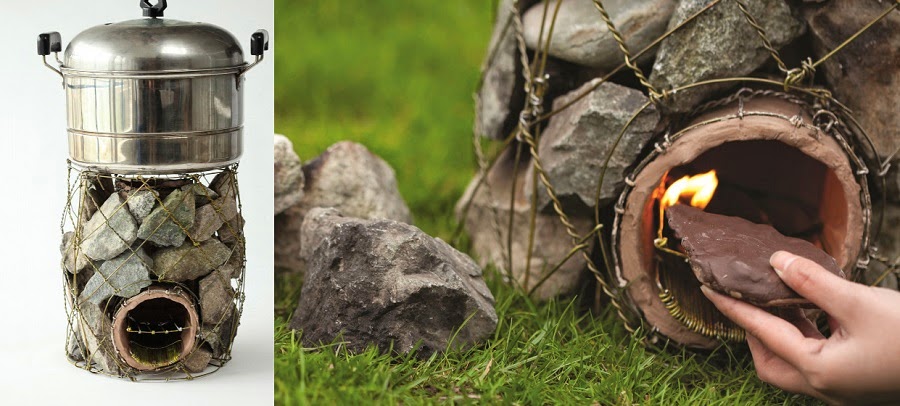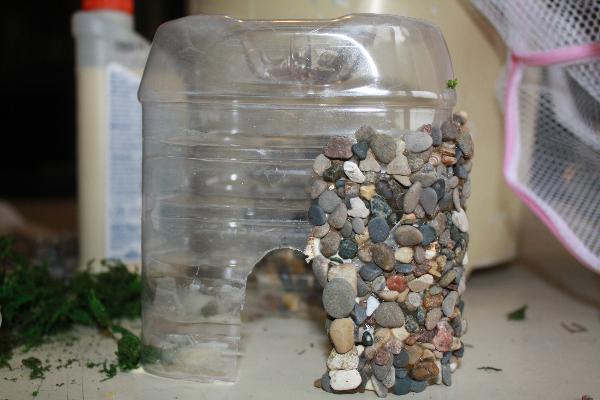Thab is a design technique that uses wire hangers that are no longer used to help improve the portable stove used by Tibetan nomads, which is built almost entirely of stone. It is a very simple way to make a portable and resistant stove.

The benefits for a healthier home and having safer materials, contrasted by statistical data on the misuse of resources.
1.6 million people die from indoor pollution each year and this equates to one death every 20 seconds. More than 3.5 billion wire hangers end up in US landfills each year and that is equal to 60,000 cars. Another 5.6 million stoves can be made with these 3.5 billion wire hangers discarded each year, with this data you can understand the great benefits and use that the construction of these portable stoves can have.
Step-by-step portal stove design.
Thab is designed for Tibetan nomads who live and cook inside tents. For cooking, the three stone method is often used, however this causes health problems. They use yak dung as fuel for cooking, (it can be from cow or any grazing animal.)
They often boil water or soup so Thab must be strong, durable, efficient, safe and cheap.
Tibetan nomads travel from place to place every few months hence the Thab. It is designed to be disassembled so it can be portable.
Due to its cylindrical shape and cross design, a Thab. it can provide strength and support.
The L-shaped combustion chamber is a key element in reducing heat loss and smoke that occurs during cooking.
If you like this article, share it.








